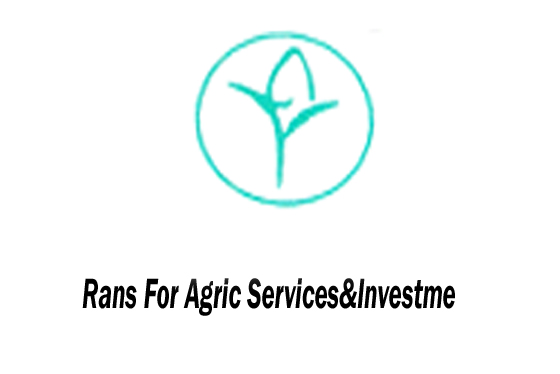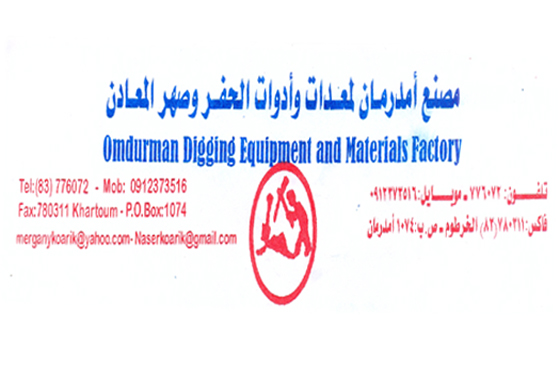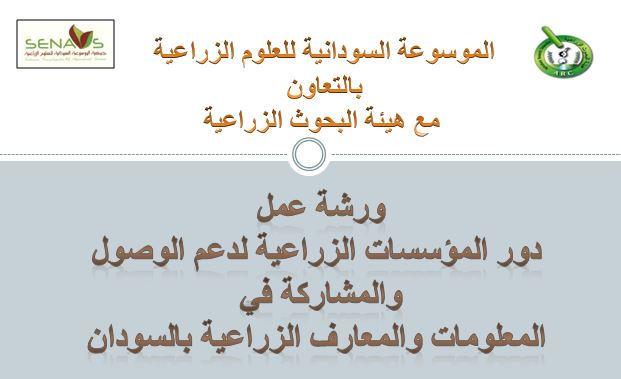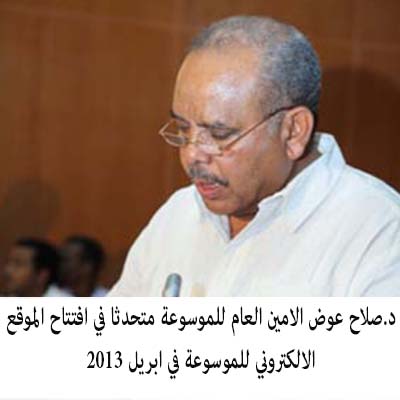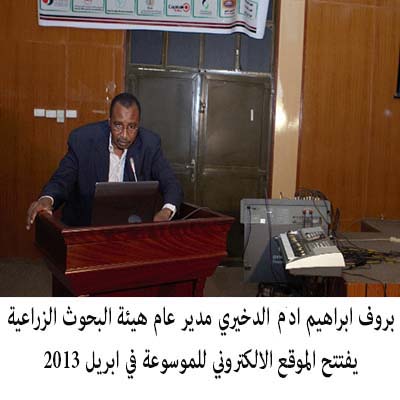Being an indigenous crop that has been growing for centuries in Western Sudan area, pearl millet has a wide diversity of local types. This diversity has been encouraged by the fact that pearl millet is a highly cross-pollinated crop (with 80% or more cross -pollination). Farmers continued to grow local varieties that are usually heterogeneous populations with broadly based genetic composition. Within the same farmer’s field, usually many different plant types can be seen. Inspite of this wiithin population variability, a number of local varieties or landraces could be identified and named by farmers in Western Sudan .The most widely known varieties include the following:
1- Dembi: This is the most popular and widely grown local variety in Kordofan. It has a light brown to yellowish brown seed color. It is comparatively late in maturity (around 120 days) with a medium or tall plant height.
2- Aish Bernu: Characterized by a slate grey seed color and a very compact head type that gives it some resistance to the attack of the head worm "Naffasha" (Heliocheilus albipunctella). The plant is usually tall and late in maturity. This variety is most probably a long time introduction from West Africa.
3- Hammer: Characterized by having deep yellow seeds with a reddish tinge. Its head is comparatively thick. Porridge ‘ Aseeda’ made out of it is yellow in color and is described as having a strong smell characteristic to millet. The variety was mostly in Hammer area (El Nuhud), but it is disappearing and now is mostly confined to El Magrur- El Odeya area in West Kordofan.
4- Sharoba: Has a creamy white seed color. It is widely grown in the western part of West Kordofan extending from El Nuhud to El Odeya and up to El Deaain in Darfour. It has similarity to the variety "Bauda" of Darfur States.
5- Bauda: This is the most popular local variety in Darfur State .It is characterized by having acream colored grain . It has heads of medium size and it is of medium to late maturity .
6- Abu Soof or Abu Shara: Refer to strains with bristled heads. They are usually mixed with other non-bristled strains.
Production Constraints
The grain yields obtained are very low, the average being less than 240 kg/ha.
Millet Production in the Sudan is being constaint by several factors including the following:
1.The millet is being grown in marginal areas with low rainfall .These areas are subject to large variation in rainfall in both rainfall amount and distribution throuth the years ,specially during the last three decades .This resulted in very low yields and variation in total production that resulted in large food gaps in the millet growing areas .
2.The varieties grown are mostly local varieties that are charectrized by late maturity and hence they can not cope with the current shortening of the rainy season which needs the growing of improved early maturing varieties.
3.The crop is mostly grown under traditional farming practices using local hand tools.There is a high need for developing optimum cultural practices for growing of the crop.
4.Since the crop does not enter the foreign trade and the country exports,it does not receive mush attention in terms of economic and political support .Hence, it faces a number of socio-economic constraints including lack of funding,agricultural extension
And provision of inputs.
Crop Improvement Efforts
The crop improvement efforts on pearl millet in the sudan ,has been summarized by Abuelgasim,(1989), Abuelgasim,(1992) and Abuelgasim,(1997).Inspite of the importance of the pearl millet crop in the sudan, it did not receive much attention to improve it prior to 1974 when a plant breeder was appointed for starting apearl millet improvement program in Western Sudan.The breeder was staioned at Elobeid in North Kordofan Province ,with the idea of initiating aresearh station there. He Started pearl millet breeding program by collection of the local millet germplasm from different millet growing areas in kordofan and some parts of Darfur regions .
The crop improvement program was initiated with the objectives of producing adapted improved varieties with high grain yield ,early maturity ,resistance to prevailing pests and diseases , in addition to having acceptable grain quality and taste.Improvement of the cultural practices was also taken in consideration .The millet improvement program was strengthed in 1977,by initation of a joint cooperative improvement program with the International Crop Research Institude for Semi –Arid Tropics (ICRISTAT), in india .A plant breeder from ICRISAT was stationed at Elobied to supervise ICRISAT millet breeding program.
This joint program resulted in the release of the first improved millet variety ,in ,January, 1981,under the name of 'Ugandi' This is an improved composite variety, with early maturity , bristled heads and grey seeds color.
The millet improvement program in the sudan, also received help from the international Sorghum and millet Improvemet program (INTSORMIL) of USA.The second improved millet variety, named 'Ashana',was released in the year 2000 . It is an introduction ,(SDMV 93032),from ICRISAT Millet program in Zimbabwi (SADIC program) .the variety 'Ashana' is characterized by early maturity ,resistance to downy mildew disease ,and it has grey grain color .
Presently ,the millet improvement program is continuing at three main research stations ,namely,Wad Medani, Elobied and Sennar stations.It has the same objectives as before ,and it depends mainly on local funding of research activities.
2.2.10. References:-
Abuelgasim, E.H. (1989) Millet breeding in the Sudan, past, present and
future.Proceedings of ARC/INTSORMIL Sorghum and Millet Workshop. October 28 - November 2, 1989, Wad Medani, Sudan.
Abuelgasim, E.H (1992). Pearl millet genetic resources in the Sudan. Workshop on
Crop Genetic Resources in the Sudan. Agricultural Research Corporation, Wad Medani, Sudan
Abulgasim, E.H. (1997) Pearl millet Research and production in the Sudan. A paper
presented in the scientific seminar of the Federal Ministry of Agriculture and Forests. Khartoum, Sudan. November 29, 1997. 9 pp (In Arabic).
جديد الاقسام
- Potential of Renewable Energy in Sudan
- تداعيات وآفاق اقتصادات الصناعة البستانية فى السودان
- الأنتاج ومخاطر الاستثمار البستاني فى السودان
- الأنتاج وفرص الاستثمار البستاني فى السودان
- تداعيات وآفاق اقتصادات الصناعة البستانية فى السودان
- مدني 27-6-2020 (سونا)- أعلنت إدارة مشروع الجزيرة عن إنطلاق زراعة محاصيل العروة الصيفية للموسم الزرعي (2020-2021)م .
- مجلة جامعة الجزيرة للعلوم الزراعية
- مجلة جامعة الخرطوم للعلوم الزراعية
- مكتبة الموسوعة السودانية
- المكتبة
- وزارة الزراعة والغابات يلتقي بوفد مزارعي ولاية كسلا
- القريب فروت
- ملتقى تفاكري حول الكيماويات الزراعية (حالة المبيدات ) يوم الاثنين
- ملتقى تفاكري حول الكيماويات الزراعية (حالة المبيدات ) يوم الاثنين
- وزارة الزراعة بالخرطوم تؤكد على ضرورة وضع سياسات و اضحة لتقنين الأراضى الزراعية
- بدء الاحتفال بيوم الزراعة العربي بمقر المنظمة العربية للتنمية الزراعية بالخرطوم
- وعاء الزروع يحقق أعلي نسبة تحصيل لجباية الزكاة للنصف الأول من العام الجاري
- السفير التركي لدى السودان يعلن استعداد تركيا لانفاذ مشاريع زراعية كبرى بولاية نهر النيل
- المنظمة العربية للتنمية الزراعية تؤكد اهتمام الدول العربية بالمخزون الاستراتيجي للسلع الغذائية
- وزير الزراعة يؤكد أهلية السودان لتحقيق الأمن الغذائي العربي



